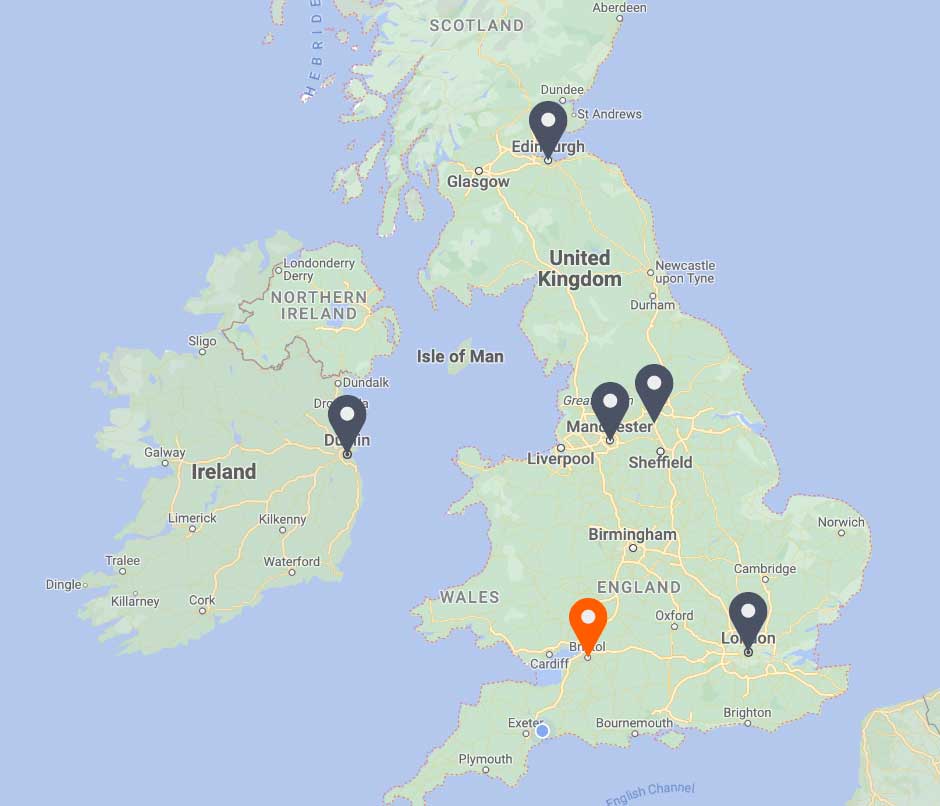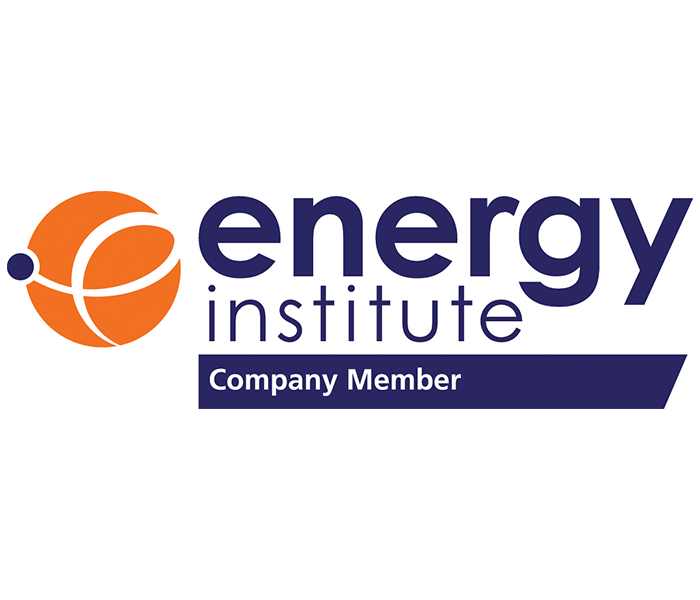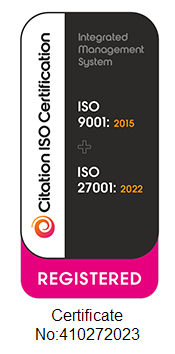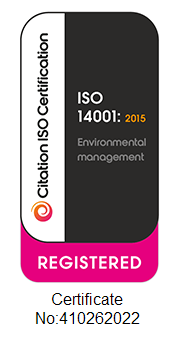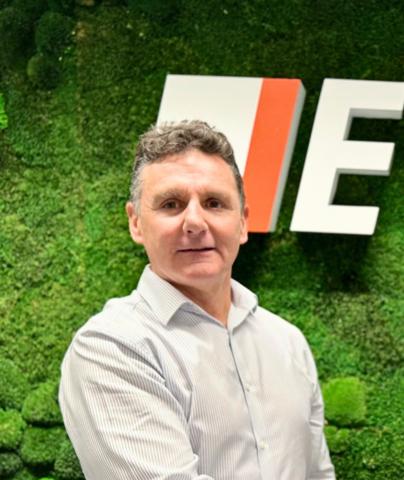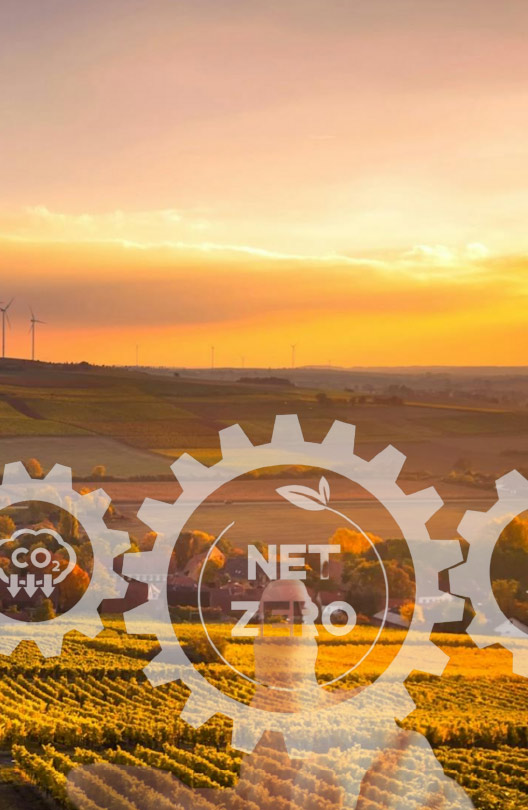THIS ARTICLE AT A GLANCE
CONTACT ETS
If you have any questions or would like to discuss further what you should be doing, ETS is here and willing to help.
Call 0117 205 0542
Email enquiries@energy-ts.com
Submit a contact form
CHECK OUR SERVICES
The Future of Offices

The role of the office is changing. Over recent times, we’ve seen a rapid shift in how businesses across all sectors operate. Due to Covid-19, more people than ever are working from home, with many offices remaining empty or at least operating with heavily reduced capacity.
And the response to this has mostly been positive: employees have gained additional flexibility and are able to spend more time with their families, while, from a business side, reports from industry seem to suggest that there haven’t been any significant drop-offs in productivity. It’s probably safe to say that remote working is here to stay in one form or another, and is likely to make up a large chunk of people’s working weeks going forward.
Of course, this begs the question – what does this change in working dynamic mean for the concept of the company office, and businesses’ existing estates?
The Changing Role of Office Spaces
It’s important to examine the function the office has traditionally played for businesses in order to work out how it might change in the future.
The office has always been a key social space for companies. Not only is it somewhere for existing colleagues to collaborate and connect, but it also acts as an essential hub for new employees, and a key part of the overall business ‘identity’. For staff – especially new recruits – the process of coming to the office, meeting your new colleagues and learning about the company culture has always been an essential step in employee onboarding.
And it’s hard to see this changing drastically in the future. Businesses will always need that physical hub, even if it isn’t used in exactly the same way with the same level of frequency.
One shift we’re expecting to see is just how much office space businesses need. Many large companies structure their office portfolio through a ‘hub-and-spoke’ model. This means that, usually, they have one or a few large offices in the central business districts of key cities, such as a London or Manchester, and several smaller regional offices elsewhere.
With the majority of employees regularly working from home, these smaller offices could come to be seen as inessential, prompting companies to reduce their overall property footprint and instead focus on one or two central offices, which are served by good transport infrastructure – and with a potentially higher requirement on quality of space for these remaining key assets.
It is estimated that real estate roughly accounts from 8% of a company’s total operating costs on average, so cutting back on total occupied space could act as an effective way to protect company finances during these turbulent times. Any freed-up budget could be retained, funnelled into R&D and service development, or be used to fund areas of the business that were traditionally supported by the office, such as company culture and staff collaboration.
Flexible Work Environments
As businesses consolidate their portfolios and certain offices become unoccupied, demand will grow for increased flexibility in these assets, as property and portfolio managers look to adapt and reposition commercial space in the market and seek out new streams of revenue. We’re likely to see a shift in how these spaces are used, perhaps transforming into co-working areas or even seeing either partial or full transformation into alternative uses – such as retail or even residential.
With this increased need for offices to play multiple roles, there will be a greater need for flexibility and adaptability of space – likely to be facilitated through the adoption of a ‘Smart Buildings’ approach.
Many offices aren’t currently equipped to function in a way that future demand may require them to, and with things changing quickly, its important that building managers pinpoint the changes that need to be made, the associated technical requirements, and then look to evaluate the current capability of the existing building services to facilitate such alteration.
Where office use is to be retained, businesses are likely to expect more from their space in the future – especially from a health and wellbeing perspective. In light of Covid-19, factors such as internal air quality are going to be more important than ever.
Additionally, energy efficiency and operational cost will also be key considerations. With many offices operating at reduced occupancy, the automation of lighting, heating and other systems will play an essential role in streamlining processes, and ‘right sizing’ consumption and cost.
Furthermore, with an ever-increasing focus on sustainability performance – especially in the light of the huge recent traction around the Net Zero carbon agenda – the ability of building systems to adapt to the increased demand for space flexibility whilst maintaining robust control of consumption and cost, and to operate on a trajectory to Net Zero status, will require more consideration of how buildings are specified, managed, adapted and maintained than ever before to mitigate the risk of building obsolescence and to protect capital and rental value.
In these changing times, it’s important to partner with the right technical advisor. ETS has a wealth of experience across all these areas, and can help you prepare your offices for the future.
We will assist your business to find the optimum Smart Buildings solutions to enable building adaptation, futureproofing and occupant wellbeing, whilst keeping a firm grip on cost and driving down carbon emissions.
Our expert team are always here to help; you can contact us by calling 0117 205 0542 or drop us an email at enquiries@energy-ts.com. You can also find out more about our building reactivation assessment and internal air quality services.
Final thoughts
If you are looking for an energy management system that is tailored to your business needs, ETS can provide you with 25 years of experience in dramatically improving energy efficiency and reducing environmental impacts. Whether your businesses have individual assets or large international portfolios, ETS can assist you in saving substantial amounts of money while significantly reducing your carbon performance.
To discuss your requirements, get in touch. You can contact us by calling 0117 205 0542 or drop us an email at enquiries@energy-ts.com.
The role of the office is changing. Over recent times, we’ve seen a rapid shift in how businesses across all sectors operate. Due to Covid-19, more people than ever are working from home, with many offices remaining empty or at least operating with heavily reduced capacity.
And the response to this has mostly been positive: employees have gained additional flexibility and are able to spend more time with their families, while, from a business side, reports from industry seem to suggest that there haven’t been any significant drop-offs in productivity. It’s probably safe to say that remote working is here to stay in one form or another, and is likely to make up a large chunk of people’s working weeks going forward.
Of course, this begs the question – what does this change in working dynamic mean for the concept of the company office, and businesses’ existing estates?
The Changing Role of Office Spaces
It’s important to examine the function the office has traditionally played for businesses in order to work out how it might change in the future.
The office has always been a key social space for companies. Not only is it somewhere for existing colleagues to collaborate and connect, but it also acts as an essential hub for new employees, and a key part of the overall business ‘identity’. For staff – especially new recruits – the process of coming to the office, meeting your new colleagues and learning about the company culture has always been an essential step in employee onboarding.
And it’s hard to see this changing drastically in the future. Businesses will always need that physical hub, even if it isn’t used in exactly the same way with the same level of frequency.
One shift we’re expecting to see is just how much office space businesses need. Many large companies structure their office portfolio through a ‘hub-and-spoke’ model. This means that, usually, they have one or a few large offices in the central business districts of key cities, such as a London or Manchester, and several smaller regional offices elsewhere.
With the majority of employees regularly working from home, these smaller offices could come to be seen as inessential, prompting companies to reduce their overall property footprint and instead focus on one or two central offices, which are served by good transport infrastructure – and with a potentially higher requirement on quality of space for these remaining key assets.
It is estimated that real estate roughly accounts from 8% of a company’s total operating costs on average, so cutting back on total occupied space could act as an effective way to protect company finances during these turbulent times. Any freed-up budget could be retained, funnelled into R&D and service development, or be used to fund areas of the business that were traditionally supported by the office, such as company culture and staff collaboration.
Flexible Work Environments
As businesses consolidate their portfolios and certain offices become unoccupied, demand will grow for increased flexibility in these assets, as property and portfolio managers look to adapt and reposition commercial space in the market and seek out new streams of revenue. We’re likely to see a shift in how these spaces are used, perhaps transforming into co-working areas or even seeing either partial or full transformation into alternative uses – such as retail or even residential.
With this increased need for offices to play multiple roles, there will be a greater need for flexibility and adaptability of space – likely to be facilitated through the adoption of a ‘Smart Buildings’ approach.
Many offices aren’t currently equipped to function in a way that future demand may require them to, and with things changing quickly, its important that building managers pinpoint the changes that need to be made, the associated technical requirements, and then look to evaluate the current capability of the existing building services to facilitate such alteration.
Where office use is to be retained, businesses are likely to expect more from their space in the future – especially from a health and wellbeing perspective. In light of Covid-19, factors such as internal air quality are going to be more important than ever.
Additionally, energy efficiency and operational cost will also be key considerations. With many offices operating at reduced occupancy, the automation of lighting, heating and other systems will play an essential role in streamlining processes, and ‘right sizing’ consumption and cost.
Furthermore, with an ever-increasing focus on sustainability performance – especially in the light of the huge recent traction around the Net Zero carbon agenda – the ability of building systems to adapt to the increased demand for space flexibility whilst maintaining robust control of consumption and cost, and to operate on a trajectory to Net Zero status, will require more consideration of how buildings are specified, managed, adapted and maintained than ever before to mitigate the risk of building obsolescence and to protect capital and rental value.
In these changing times, it’s important to partner with the right technical advisor. ETS has a wealth of experience across all these areas, and can help you prepare your offices for the future.
We will assist your business to find the optimum Smart Buildings solutions to enable building adaptation, futureproofing and occupant wellbeing, whilst keeping a firm grip on cost and driving down carbon emissions.
Our expert team are always here to help; you can contact us by calling 0117 205 0542 or drop us an email at enquiries@energy-ts.com. You can also find out more about our building reactivation assessment and internal air quality services.









































